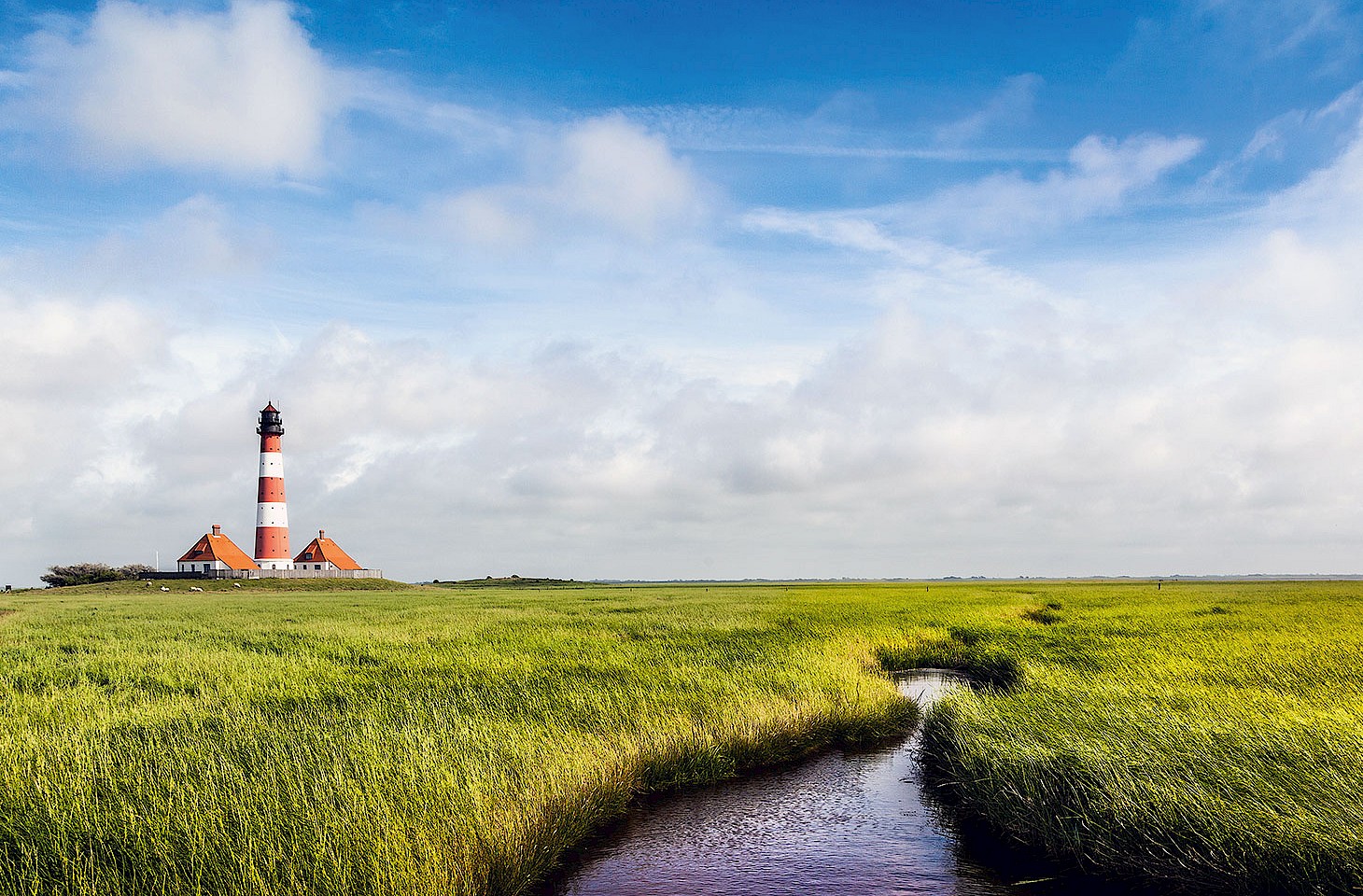This month sees the publication of the 12th European city guide in the ever-reliable and hugely stimulating series written by Duncan JD Smith and published under Duncan’s own imprint. ‘Only in Krakow’ is a 232-page cultural expedition through Kraków’s royal heritage which takes in dragons, idols and miracles. Duncan has been a regular contributor to hidden europe and we are pleased to publish this text which is adapted from a section of his new book.
Four great earthen mounds stand in Kraków’s suburbs. Raised by human hands, two of them are ancient and two are modern, conveniently bookending much of Kraków’s history. Locals and visitors have long been drawn to them, eager to scale their summits and to plumb their meaning.
Of Kraków’s two ancient mounds, the best known is Krakus Mound (Kopiec Krakusa) on ul. Franciszka Maryewskiego in the district of Podgórze. Not only is it Kraków’s oldest manmade structure, but the summit of the 16-metrehigh mound is also the highest elevation anywhere in the city.
The mound’s name reflects the traditional belief that it contains the body of Kraków’s mythical founder, the shadowy 12th-century King Krak (or Krakus). Although archaeological work conducted in the 1930s failed to find his grave, it did reveal artefacts dating even further back to the 8th century.
Nowadays historians believe that Krakus Mound was created by members of a Slavic tribe (probably Avars or Vistulans) sometime between the 6th and the 10th centuries, although its purpose remains unclear. The fact that four smaller mounds once stood around its base suggests it was some sort of cult site. The place still retains an ancient and alluring aura especially on the Tuesday after Easter, when locals climb it in celebration of the pagan Rekawka festival. The name, meaning ‘sleeves’, recalls how according to legend the earth used to create the mound was transported to the site in the builders’ sleeves.



